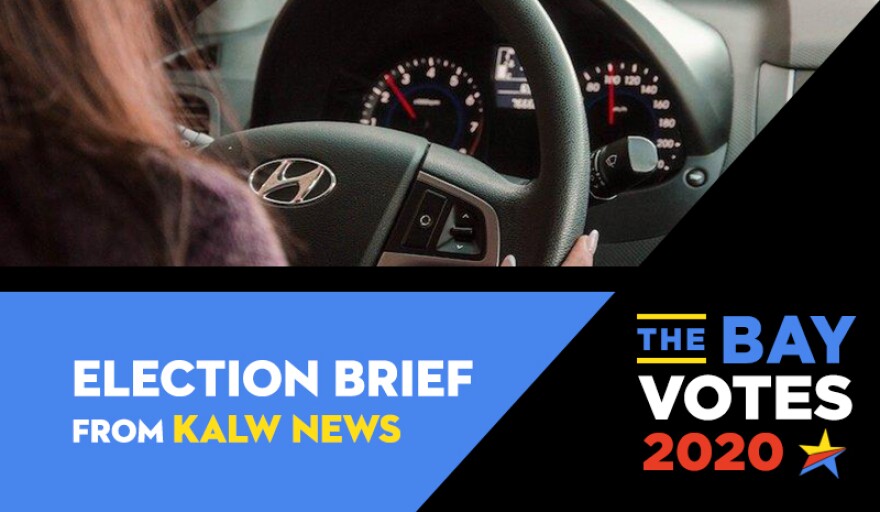This is a 2-minute summary of what’s on the ballot. Click here to listen to them all.
Proposition 22 is the “app-based drivers as contractors” initiative.
Remember AB5? The so-called “gig worker bill” that was signed into law last year in California? That law aimed to remove ambiguities around whether gig workers could be classified as independent contractors or employees. And, while it applied to all types of freelancers, the bill was largely seen as going after Uber and Lyft to get them to provide healthcare and other benefits to their drivers.
Now, Uber, Lyft, and other app-based driving companies are trying to override AB5. That’s where Proposition 22 comes in. The ballot measure would specifically define app-based drivers as independent contractors, not employees. It would also create labor laws specific to these contractors, like a guaranteed minimum earning standard, sick leave, and injury protection.
Proposition 22 is funded with over $100 million from Uber, Lyft, DoorDash, Postmates, and Instacart.
Notable opponents to the bill include democratic presidential candidate Joe Biden, Senator Kamala Harris, and labor unions like The Transport Workers Union of America. They see Proposition 22 as a way for some of Silicon Valley’s richest companies to avoid paying for basic protections for the people that operate their businesses on the ground. They say Proposition 22 would “create a permanent underclass of workers.”
So, a vote yes on Proposition 22 supports app-based drivers and companies enacting specific labor laws that allow drivers to continue as contractors. If you vote no, the current law on the books about contractors will continue to apply to companies like Uber and Lyft.


